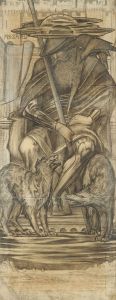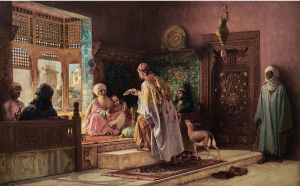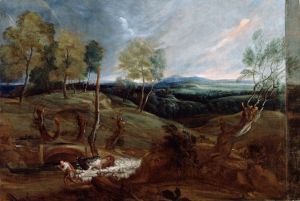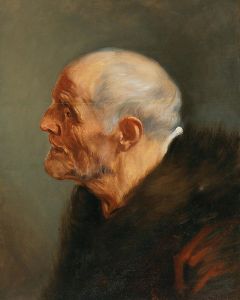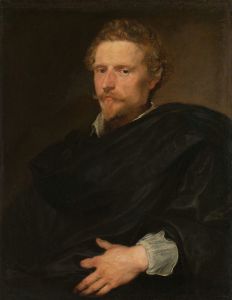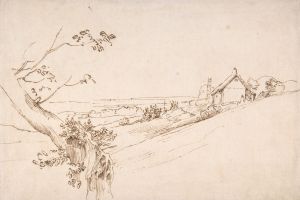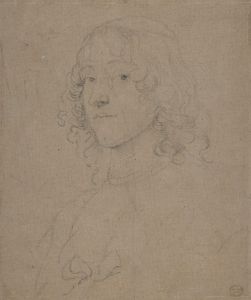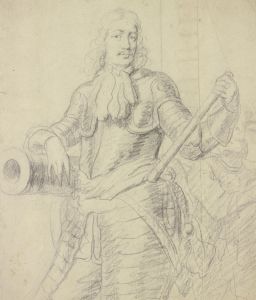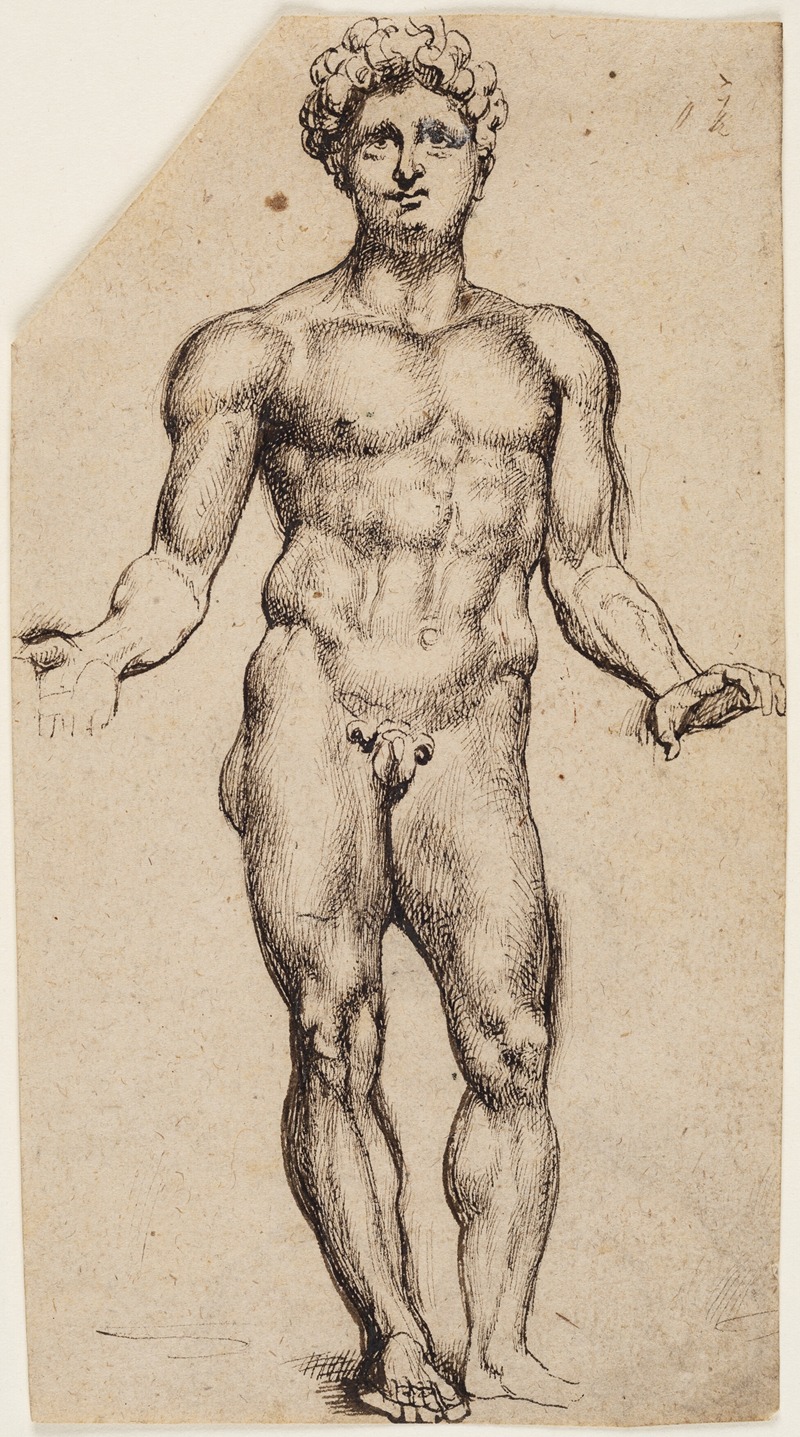
Mercury
A hand-painted replica of Anthony van Dyck’s masterpiece Mercury, meticulously crafted by professional artists to capture the true essence of the original. Each piece is created with museum-quality canvas and rare mineral pigments, carefully painted by experienced artists with delicate brushstrokes and rich, layered colors to perfectly recreate the texture of the original artwork. Unlike machine-printed reproductions, this hand-painted version brings the painting to life, infused with the artist’s emotions and skill in every stroke. Whether for personal collection or home decoration, it instantly elevates the artistic atmosphere of any space.
Anthony van Dyck, a prominent Flemish Baroque artist, is renowned for his portraits and religious works. However, his oeuvre also includes mythological subjects, one of which is the painting "Mercury." This work exemplifies van Dyck's skill in capturing the dynamism and elegance characteristic of mythological themes.
"Mercury" depicts the Roman god known for his speed and as a messenger of the gods. In Roman mythology, Mercury is equivalent to the Greek god Hermes. He is often portrayed with attributes such as winged sandals, a caduceus (a staff entwined with two serpents), and a winged helmet, symbolizing his role as a swift messenger and a guide for souls to the underworld.
Van Dyck's depiction of Mercury is consistent with the Baroque period's emphasis on movement, drama, and vivid detail. The painting likely features Mercury in a dynamic pose, capturing the essence of speed and agility. Van Dyck's use of light and shadow would enhance the three-dimensionality of the figure, a technique he mastered under the influence of Peter Paul Rubens, his mentor.
The painting "Mercury" reflects van Dyck's ability to blend classical themes with the Baroque style's emotional intensity. His portrayal of mythological figures often included a sense of realism and psychological depth, setting his work apart from other artists of his time. Van Dyck's attention to detail and his ability to convey texture and form would be evident in the rendering of Mercury's attire and attributes.
While specific details about the painting's commission or its current location might not be extensively documented, van Dyck's mythological works were generally well-received by patrons who appreciated classical themes. These works were often commissioned by wealthy individuals or institutions interested in the cultural and educational value of mythological subjects.
Van Dyck's "Mercury" would have been created during a period when interest in classical antiquity was resurging, and artists were exploring these themes with renewed vigor. The painting would have served both as a decorative piece and as a reflection of the intellectual currents of the time, which valued the allegorical and moral lessons embedded in mythological stories.
Overall, Anthony van Dyck's "Mercury" is a testament to his versatility as an artist and his ability to infuse classical subjects with the emotional and dramatic flair characteristic of the Baroque era. His work continues to be studied and admired for its technical excellence and its contribution to the rich tapestry of 17th-century European art.





